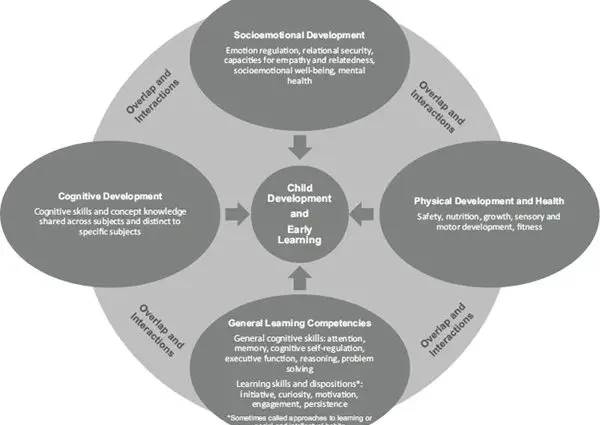Contents
Physical development of preschool children: features, means, methods
The physical development of preschool children is uneven. The motor load on babies should be dosed, taking into account the developing nervous processes.
Features of the formation of the baby’s body
As soon as a child is born, serious changes take place in his body. The nervous system undergoes the most significant transformations, which is responsible for the child’s adaptation to environmental conditions.
The physical development of preschool children should be carried out in accordance with the age of the kids.
The brain grows intensively up to 6 months, later the growth rate slows down. The rest of the systems change according to age:
- The bone tissue of a newborn consists of cartilage tissue and soft bones. At 2 years old, they will become stronger, but they will finally become stronger by the age of 12. Up to 2 years of age, the lungs overtake the chest in growth.
- At birth, muscle fibers are thin and account for only ¼ of the total body weight. Muscles begin to actively develop from 1 to 3 years old. It is then that the child masters all the movements.
- The lungs open after the birth of a child, with the first breath. The airways differ in structure from that of adults. The child breathes shallowly and often.
- The heart of a preschooler is quite large. With age, it changes its position, going down just below the original level.
- The skin of a preschooler is permeated with blood vessels and does not have a keratinized layer. She is gentle and sensitive.
- The baby’s nervous system is still unstable. A preschooler cannot keep his attention on one object for a long time. He is excitable and gets tired quickly.
It is necessary to distribute physical activity evenly, taking into account the state of the body at a given time.
Methods for assessing the physical condition of a preschooler
You can evaluate the development of strength and endurance in babies using game exercises:
- Squats. The norm at the age of 4-7 years is 20 for 30 s. The pulse should increase by no more than 50% with a return to normal after 3 minutes.
- Step test – lifting a 35 cm platform 20 and 30 times. The normal increase in heart rate is no more than 20 and 60%, respectively.
- Running 30 meters at speed.
- Force measurement with a dynamometer.
The standards differ depending on the age of the child.
Acceptable means of physical development
Since the preschooler’s body is still vulnerable, it is not worth sending him to professional sports. But swimming, tennis and gymnastics without strain will contribute to the harmonious development of the baby. Lessons should be conducted in a playful way, giving the child rest breaks.
All systems of the preschooler’s body continue to develop actively. The kid is too fragile for the heavy physical exertion of professional sports. For the good of the baby, you should moderate your sports ambitions and allow the child to grow up healthy.










